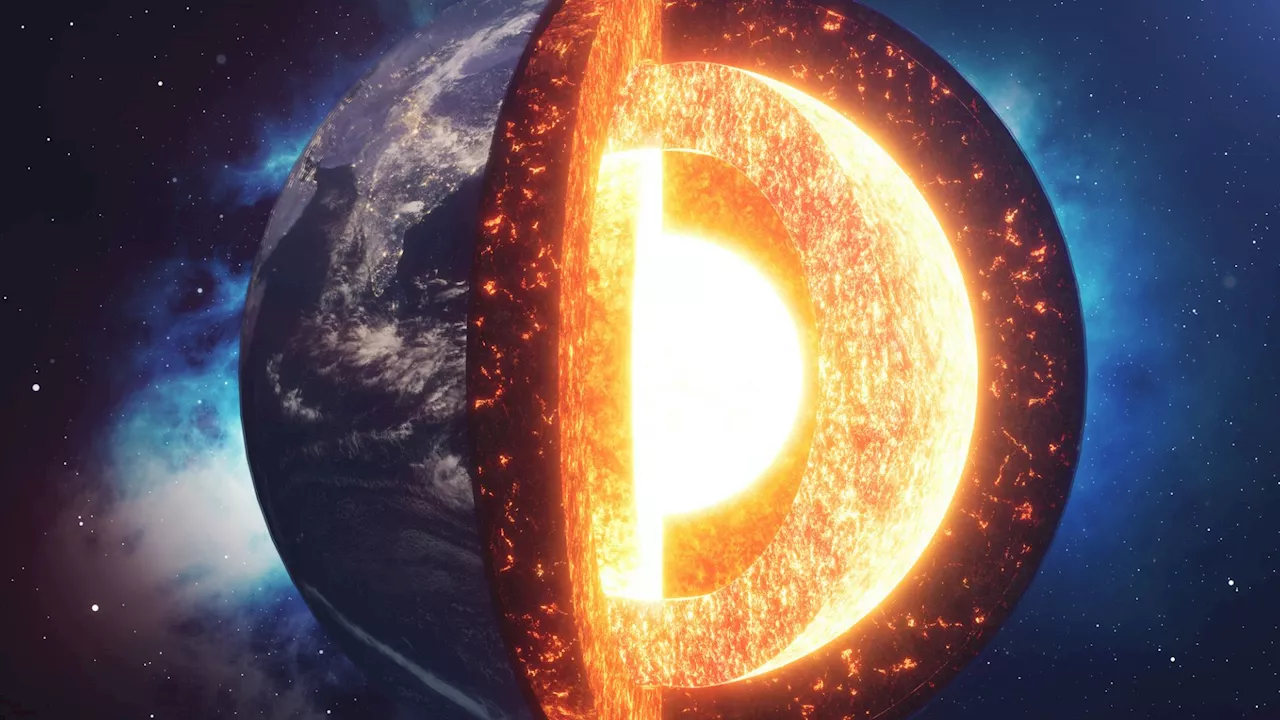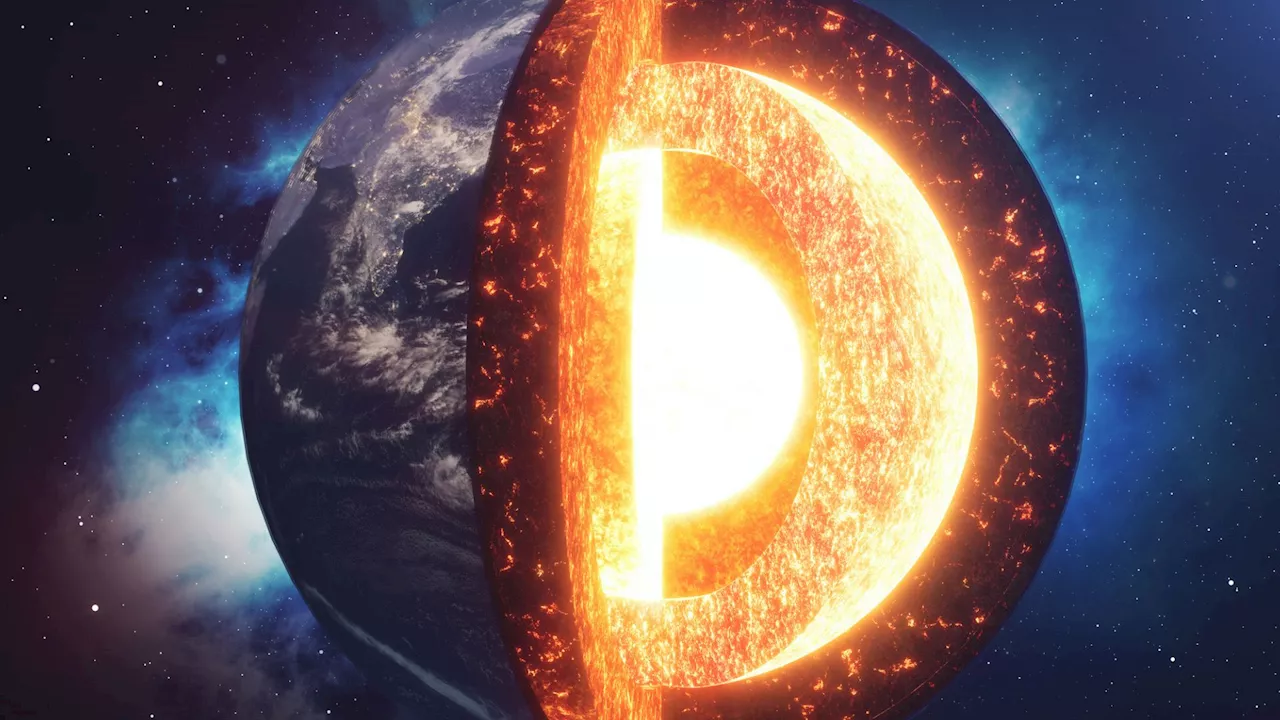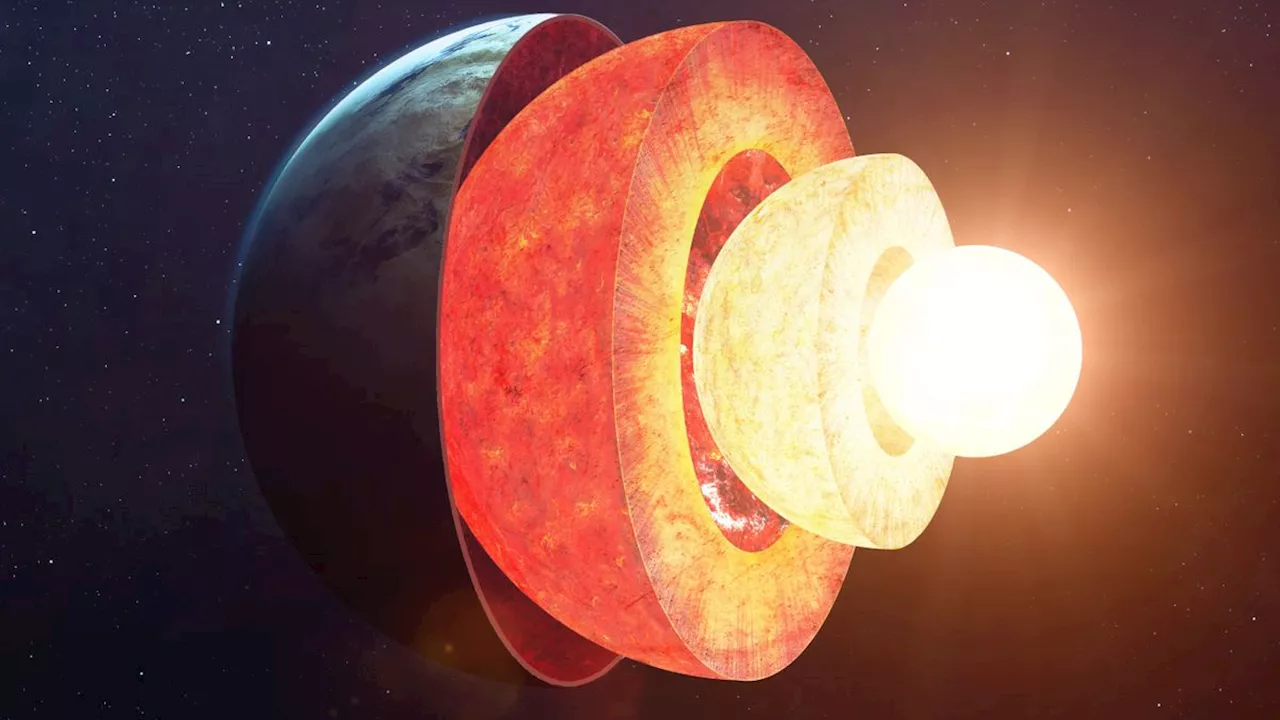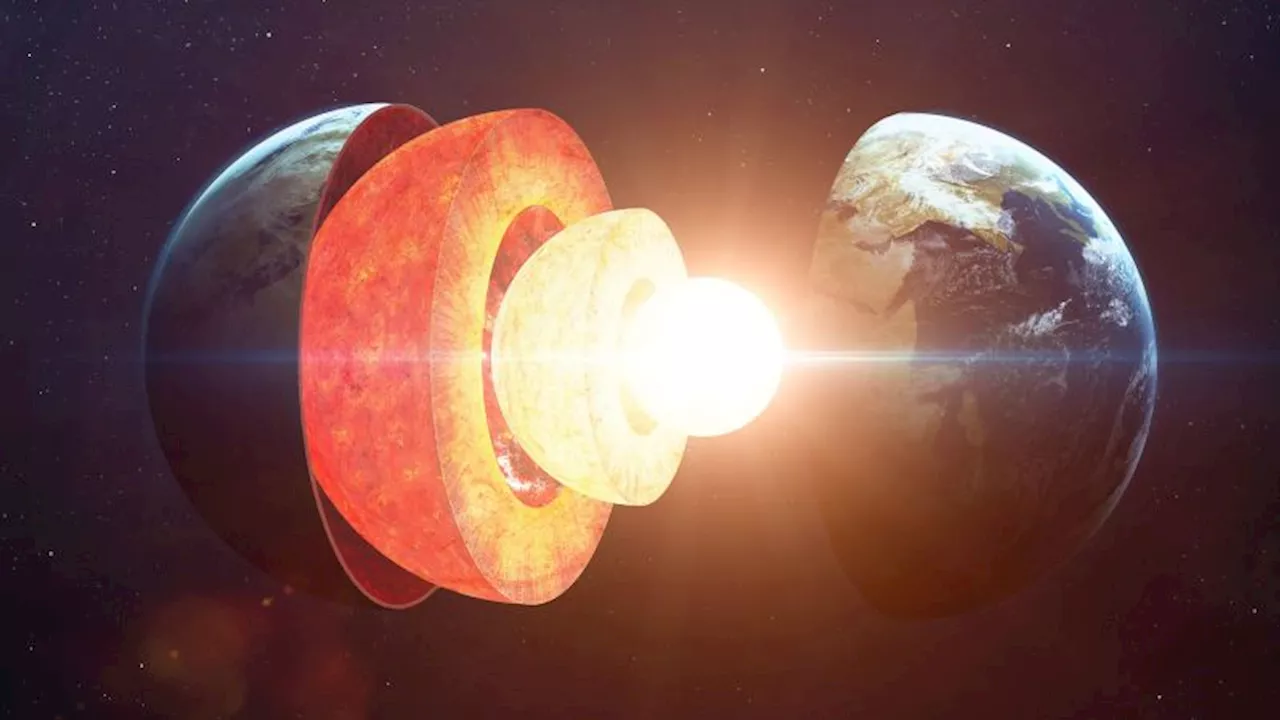Scientists have discovered evidence of changes in the shape of Earth's inner core over the past 20 years, using seismic wave data from earthquakes. This new finding builds on previous research that revealed the inner core's spin had reversed. The researchers believe these shape changes could provide insights into the forces deep within Earth that power our magnetosphere.
Scientists who just months ago confirmed that Earth ’s inner core recently reversed its spin have a new revelation about our planet’s deepest secrets — they identified changes to the inner core’s shape. Earth ’s innermost layer is a hot, solid ball of metal surrounded by a liquid metal outer core. For decades, planetary scientists suspected that the solid inner core deformed over time as it spun.
Amplitude changes in a type of core-penetrating P wave — PKIKP waves — hinted at deformations in the inner core’s shallowest level, according to the new study. At the boundary where the solid inner core meets the liquid of the outer core, the sphere’s surface might be more malleable than it is at deeper levels. “It’s almost science fiction to visualize what’s happening on the surface of the inner core,” Vidale said.
INNER CORE EARTH GEOSCIENCE MAGNETOSPHERE SEISMIC WAVES
United States Latest News, United States Headlines
Similar News:You can also read news stories similar to this one that we have collected from other news sources.
 Earth's Inner Core Shows Signs of Structural ChangeResearchers from the University of Southern California have made a groundbreaking discovery about Earth's inner core. Analysis of decades of seismic data reveals that the surface of the inner core is undergoing structural changes, suggesting it is not completely solid.
Earth's Inner Core Shows Signs of Structural ChangeResearchers from the University of Southern California have made a groundbreaking discovery about Earth's inner core. Analysis of decades of seismic data reveals that the surface of the inner core is undergoing structural changes, suggesting it is not completely solid.
Read more »
 Earth's Inner Core Is Changing Shape, Study FindsA groundbreaking study reveals that the Earth's inner core is not as solid as previously thought and its surface is undergoing structural changes likely caused by interactions with the turbulent molten outer core.
Earth's Inner Core Is Changing Shape, Study FindsA groundbreaking study reveals that the Earth's inner core is not as solid as previously thought and its surface is undergoing structural changes likely caused by interactions with the turbulent molten outer core.
Read more »
 Earth's Inner Core May Be Shape-ShiftingNew research suggests that the surface of Earth's inner core may be changing shape over short periods. Scientists studied earthquake waves and found subtle differences in their patterns, indicating a dynamic outer layer of the inner core.
Earth's Inner Core May Be Shape-ShiftingNew research suggests that the surface of Earth's inner core may be changing shape over short periods. Scientists studied earthquake waves and found subtle differences in their patterns, indicating a dynamic outer layer of the inner core.
Read more »
 Earth's Inner Core May Be Changing ShapeNew research suggests that the Earth's inner core, a solid sphere at the center of our planet, may not be static as previously thought. It appears to change shape in addition to its known fluctuations in rotation speed.
Earth's Inner Core May Be Changing ShapeNew research suggests that the Earth's inner core, a solid sphere at the center of our planet, may not be static as previously thought. It appears to change shape in addition to its known fluctuations in rotation speed.
Read more »
 Earth's Inner Core May Be Changing Shape and RotationNew research suggests that the Earth's inner core may be undergoing both shape and rotational changes. Analyzing seismic waves from repeating earthquakes, scientists discovered differences in the waves passing through shallow regions of the inner core, indicating possible shape alterations. This, combined with previous findings of a slowed rotation rate, provides a deeper understanding of the complex dynamics occurring deep within our planet.
Earth's Inner Core May Be Changing Shape and RotationNew research suggests that the Earth's inner core may be undergoing both shape and rotational changes. Analyzing seismic waves from repeating earthquakes, scientists discovered differences in the waves passing through shallow regions of the inner core, indicating possible shape alterations. This, combined with previous findings of a slowed rotation rate, provides a deeper understanding of the complex dynamics occurring deep within our planet.
Read more »
 Earth's Inner Core May Be More Fluid Than Previously ThoughtA new study published in Nature Geoscience suggests that Earth's inner core, previously believed to be solid, might exhibit more fluid-like behavior. Analysis of seismic waves revealed changes in the shape of the inner core's near surface, indicating possible viscous deformation and interaction with the turbulent outer core.
Earth's Inner Core May Be More Fluid Than Previously ThoughtA new study published in Nature Geoscience suggests that Earth's inner core, previously believed to be solid, might exhibit more fluid-like behavior. Analysis of seismic waves revealed changes in the shape of the inner core's near surface, indicating possible viscous deformation and interaction with the turbulent outer core.
Read more »
